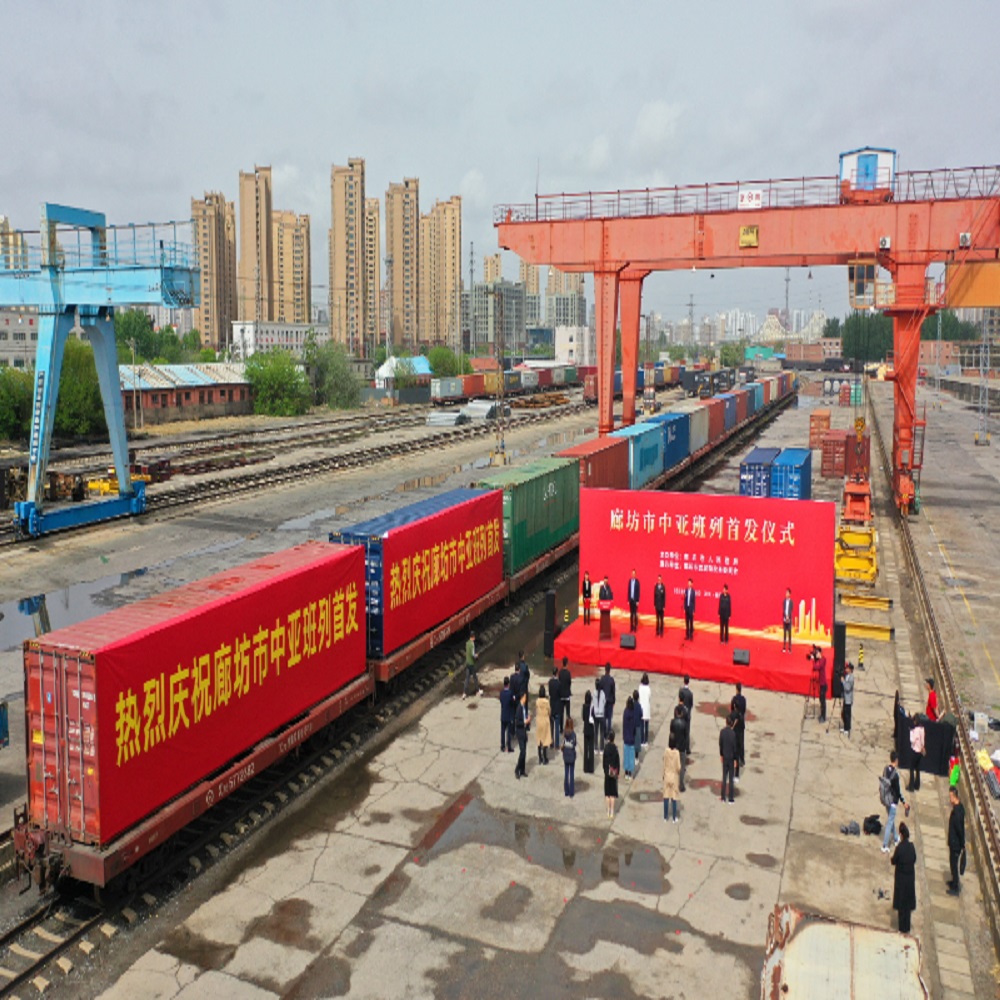According to China Railway, the China-Europe Railway Express ran 2,928 trains in January and February, transporting 317,000 20-foot equivalent unit (TEU) containers of cargo. This represents a 9% and 10% year-over-year increase, respectively. The network now encompasses 219 cities across 25 European countries and 120 cities in China.
The surge in demand from European nations, driven by the Red Sea crisis, has prompted companies to seek reliable alternatives to maritime transportation, further fuelling the railway's expansion. Yuan Xiaojun, a manager at China-Europe Chang'an, noted a significant increase in inquiries and reservations for the trains, with operations seeing a 20–30% rise in February alone.
Lu Zhao, the head of a freight forwarding company in Chengdu, emphasized the China-Europe Railway Express's ability to provide stability and predictability for global supply chains, particularly for companies reliant on punctual delivery. The railway has also witnessed an uptick in the transportation of a broader range of goods, with Chinese manufacturers increasingly using specialized trains to ship automobiles and equipment to Europe.
The service's growth is further exemplified by the operation of over thirty specially designed trains for businesses such as Zoomlion Heavy Industry, Sany Heavy Industry, Geely, and Foton Motor in the first two months of 2024. Additionally, several provinces in China have implemented dedicated rail systems for new energy vehicles (NEVs) in response to rising demand in Europe.
Moreover, the integration of sea-rail transport lines has expanded the China-Europe Railway Express's reach beyond rail, enhancing connectivity. A recent shipment of electric water heaters traveling through China, Vietnam, and Laos on its way from Thailand to Germany demonstrates the logistical achievements possible with this multimodal approach.
Since its inception in 2011, the China-Europe Railway Express has become a dependable, efficient, and secure freight service, playing a pivotal role in Eurasian trade. By the end of February, the service will have operated over 85,000 trains, signifying not only a significant shift in trade dynamics but also the potential for further expansion in supply chain resilience and global logistics.

Categories

Magazine Editions



















